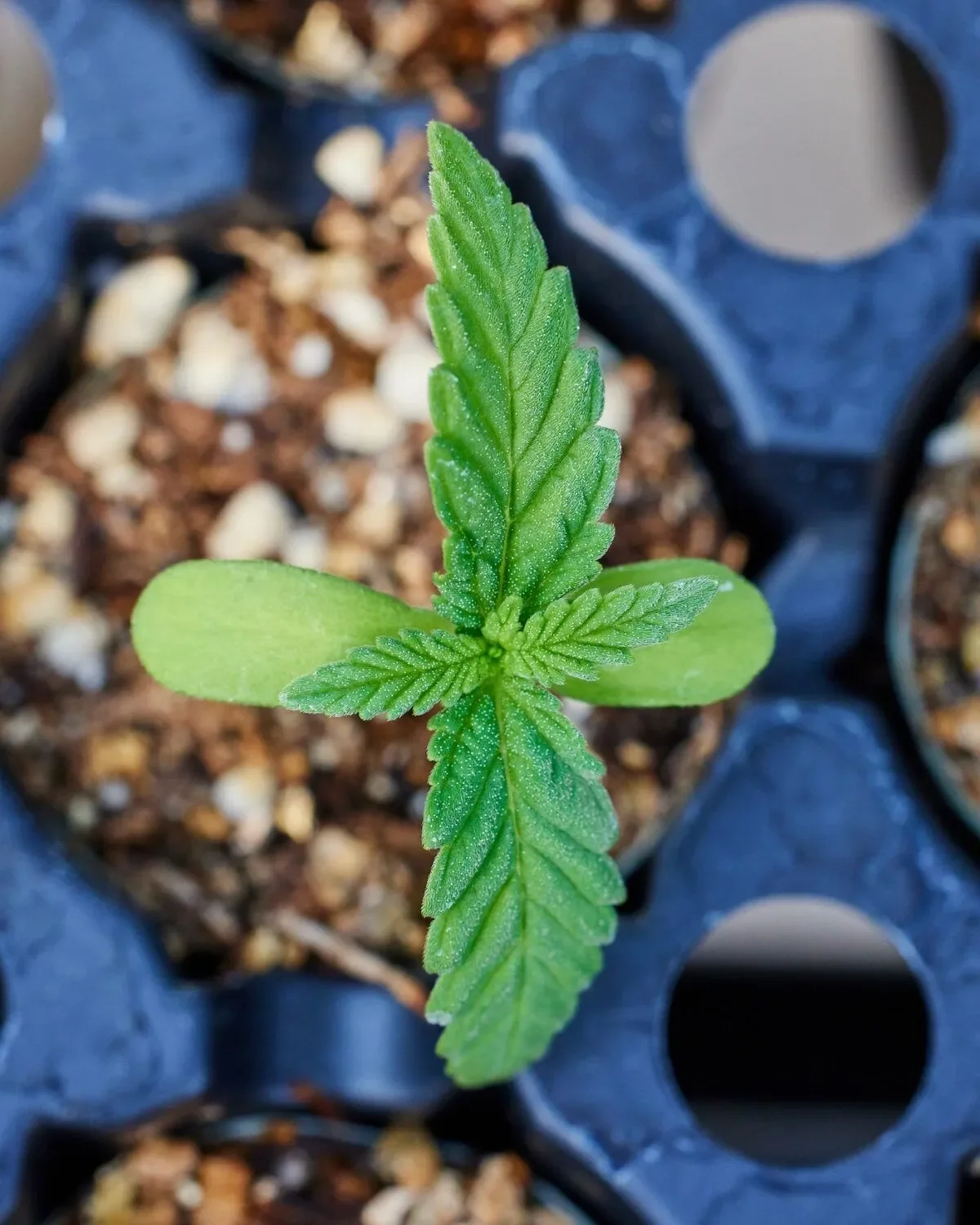Step 1. Determine the type and potency.
Here's a quick rundown of the types of cannabis your pet could have gotten into, ranked from least severe to most severe:
Raw cannabis flower - least severe because it's not decarboxylated, so the THC hasn't been activated
Vaped or burned cannabis flower - not ideal because there could still be some activated THC in it
Non-chocolate infused edibles - can vary in danger levels depending on the edible's potency and ingredients
Cannabutter - can vary in danger levels depending on the potency of the cannabutter
Concentrates - inherently potent; therefore, even the smallest amount of concentrate(e.g., a dab) can have an acute effect on an animal, particularly smaller pets
Chocolate-infused edibles - can vary in danger levels depending on the edible's potency, but certain properties in chocolate can be toxic to animals such as dogs and cats
Step 2. Evaluate your animal's symptoms.
Check for the following symptoms your pet is exhibiting:
Mild toxicity will result in sluggishness, lethargy, excessive saliva production, and wobbling.
More extreme cases may result in loss of bodily control, urinary incontinence, low blood pressure, a slow heart rate, seizures, or even death (via asphyxiation on their own vomit)
Step 3. Soak up the bad stuff.
You can try avoiding a worst-case scenario for your precious furbaby by soaking up your pet's stomach contents. Activated charcoal is available at most drug stores and can soak up the toxins in your pet’s stomach, including any remaining THC that hasn’t been absorbed into their bloodstream yet.
Note: Do not attempt to use activated charcoal if you’ve already tried to induce vomiting.
Step 4. Induce Vomiting.
If step 3 didn't work, try to make your pet puke. You can use hydrogen peroxide to induce vomiting -- use one teaspoon per 10 pounds on your pet, every 15 minutes (no more than three times total).
Monitor your pet closely, as this method can result in excessive vomiting or bloody stool. Don’t overdo it and watch for signs of distress, in which case you may need to seek a professional.
Note: You will feel awful and heartless and your pet will not understand why this is happening. Sorry, that’s just how it goes.
Step 5. Seek Professional Help.
If all else fails, and especially if you realize that your pet has consumed a large amount of cannabis or THC, this may be a necessary, and even life-saving next step. Be honest with your veterinarian – he or she will be able to determine the outcome either way, so transparency will save you both time in the long run.
Give the vet as much information as possible – what kind of product, its potency, how long it has been since it was ingested, etc. For example, if the edible contained chocolate, this could put your pet at further risk, so try to be specific with details.
Read the full article from Leafly HERE.





